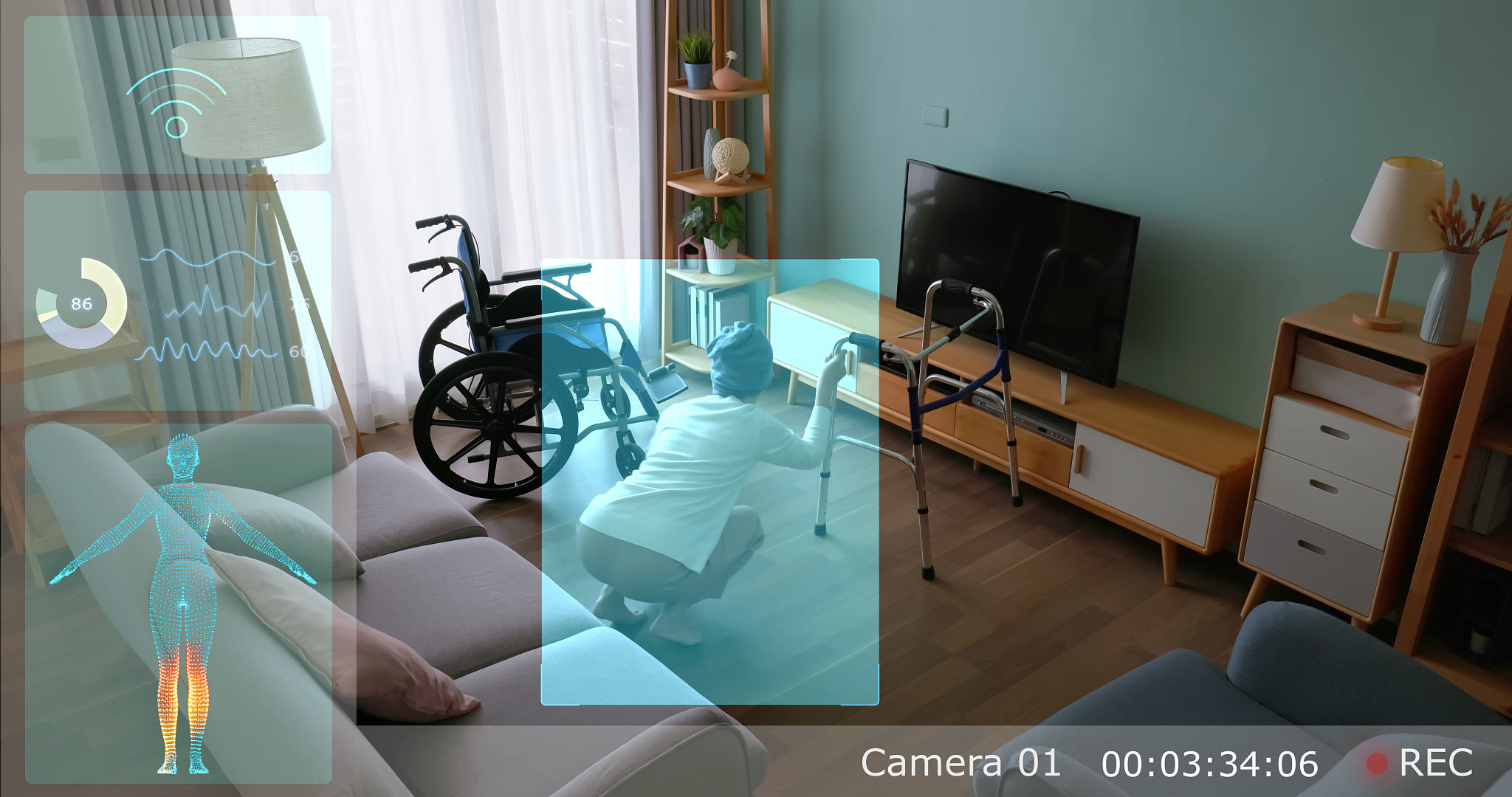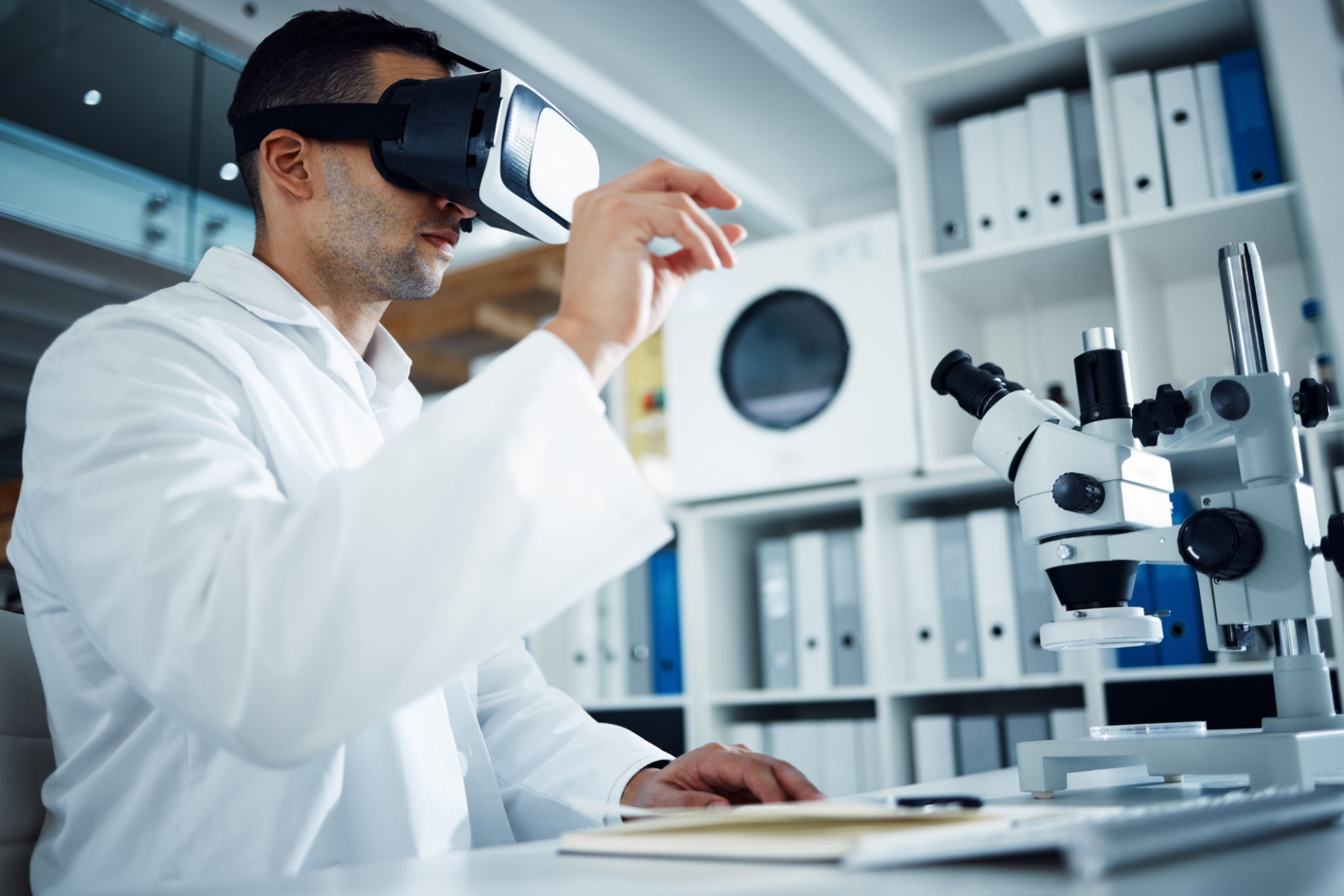The Future of Medical Staffing: How Automation is Changing the Game
The Rise of Automation in Medical Staffing
The healthcare industry is on the cusp of a significant transformation, driven by advancements in technology and automation. Medical staffing, a critical aspect of healthcare delivery, is evolving rapidly as automation tools and artificial intelligence (AI) become increasingly integrated into the process. These technologies are poised to revolutionize how healthcare facilities manage their workforce, improving efficiency and patient care.
Automation in medical staffing is not just about replacing human workers but enhancing their capabilities. By automating repetitive and time-consuming tasks, healthcare professionals can focus more on patient care and less on administrative duties. This shift has the potential to not only improve job satisfaction for healthcare staff but also lead to better patient outcomes.

Benefits of Automation in Healthcare Staffing
One of the most significant benefits of automation in medical staffing is its ability to streamline recruitment processes. Automated systems can quickly sift through thousands of applications, identify qualified candidates, and even schedule interviews, significantly reducing the time it takes to fill positions. This efficiency is crucial in an industry where staffing shortages are common.
Additionally, automation can enhance workforce management by optimizing shift scheduling and ensuring compliance with labor regulations. Algorithms can analyze historical data and predict staffing needs, helping healthcare facilities maintain optimal staffing levels at all times. This not only improves operational efficiency but also reduces overtime costs and employee burnout.

Improving Patient Care Through Automation
Beyond staffing efficiencies, automation can directly impact patient care. For instance, AI-powered tools can assist in diagnosing conditions, allowing medical staff to make more informed decisions. These technologies can analyze patient data and provide insights that might be missed by the human eye, leading to earlier interventions and better treatment plans.
Moreover, automation can enhance communication between staff and patients. Chatbots and automated messaging systems can keep patients informed about their appointments, medication schedules, and follow-up care. This consistent communication ensures that patients remain engaged with their healthcare providers, ultimately leading to improved health outcomes.

Challenges and Considerations
Despite its potential, the integration of automation in medical staffing does come with challenges. Ensuring data privacy and security is paramount, especially when dealing with sensitive patient information. Healthcare facilities must invest in robust cybersecurity measures to protect against data breaches.
Furthermore, there is a need for ongoing training and education for healthcare workers to adapt to new technologies. While automation can ease certain tasks, it requires a workforce that is skilled in using these advanced tools effectively. Continuous learning opportunities will be essential to maximize the benefits of automation.
The Future Outlook
The future of medical staffing with automation looks promising. As technology continues to advance, we can expect even greater integration of AI and machine learning in healthcare processes. This evolution will likely lead to more personalized care for patients and more efficient operations for healthcare providers.
Ultimately, the goal is to create a healthcare environment where technology supports human expertise, allowing medical professionals to deliver exceptional care while reducing the administrative burden. With careful implementation and strategic planning, automation has the potential to transform medical staffing for the better.

